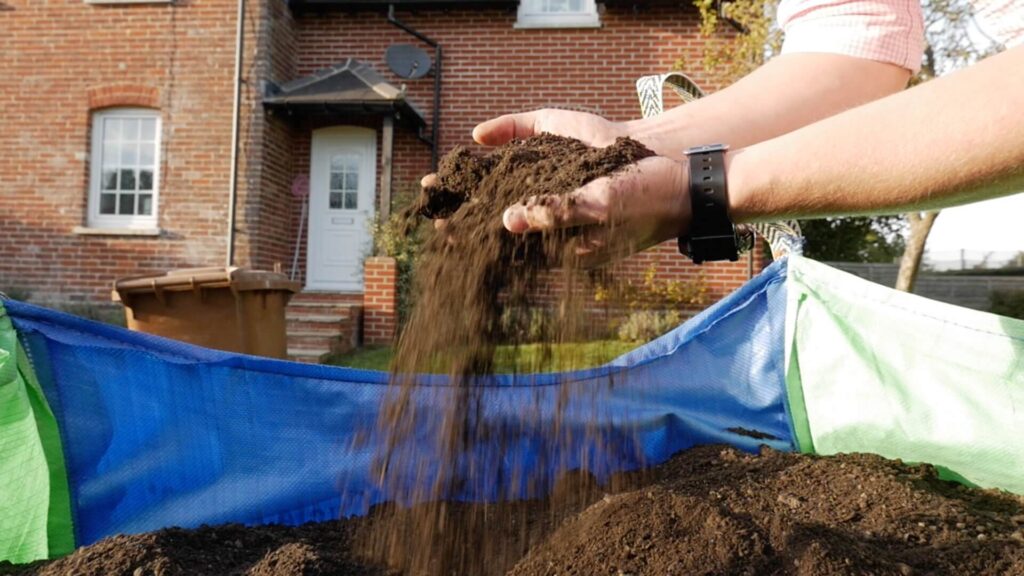Levelling a sloping garden can transform it into a more usable and appealing space. Sloping gardens present a number of challenges but also give great scope for a full makeover. A slope can add depth and dimension to the garden, allowing for creative landscaping with terraces, rockeries, or different plant levels. But if you decide to level your garden, how should you approach the project?
Our team has put together some ideas on how you can make the most out of your sloped garden.
What is a sloping garden?
A sloping garden means that your outdoor area is on land with an incline or slope, rather than being flat. The slope may vary in steepness, from a gentle incline to a dramatic hillside. This type of garden presents unique challenges and opportunities for landscaping.
Sloping garden ideas
- Plan ahead – when you’re considering how to tackle a sloping garden it’s useful to take stock. Look at how steep the slope is, identify drainage issues and plan the layout, deciding whether you want a completely flat area, a number of terraces or to retain a sloping area. Decking can also be a useful addition, especially if you’re adding terracing.
- Prepare your garden – clear space and remove any plants and large rocks from the area you want to level. Then use stakes and string to outline the sections where levelling or terracing will occur.
Using terracing for sloping gardens
Terracing is ideal if your garden has steep slopes:
- Divide the slope into flat sections (terraces) using retaining walls or wooden boards. Stone, bricks, or pressure-treated wood can also work well for retaining walls.
- Dig out flat “steps” across the slope.
- Use retaining materials to support each terrace.
- Backfill each step with soil and level it.
Levelling a sloping garden
Levelling is more sensible if your garden has gentle slopes:
- Dig into the higher parts of the slope and move soil to lower areas.
- Compact the soil as you fill using a roller.
- Add fresh topsoil before any planting.
Once you’ve completed the hard landscaping, it’s useful to stabilise the soil with good-quality mulch or plant ground cover, such as grasses or low-maintenance plants.

What plants work well in sloping gardens?
Ground cover plants or shrubs with strong root systems can be particularly useful in gardens with slopes or terraces. They can also help prevent erosion and add beauty.
- For ground cover – choose Creeping Thyme or Sedums.
- For stabilising the soil – grasses are excellent for texture and their extensive root systems can be useful on slopes. Shrubs such as Juniper, Hydrangea or Lavender can help too.
- For interest and colour – flowering perennials including Rudbeckia, Echinacea and Hostas offer low maintenance.
Tips when levelling a sloping garden
Here are some tips to help you out when levelling your garden.
- Be realistic as you may only be able to level certain areas. The best advice is to work with nature and the natural features of your garden rather than against them!
- If the slope is very steep, you may need to consider working with a professional landscaper.
- Check for erosion; once you’ve completed any work you’ll need to keep an eye on things to make sure any levelling is settling well.
Levelling a sloping garden can ensure that you make the most of your outside space and enjoy a functional and beautiful outdoor area.
High-quality products for your garden
Earth Cycle provides peat-free and organic products to gardeners up and down the country. If you are looking for bulk bags of topsoil or compost for your garden levelling project, you’ll find all you need at Earth Cycle. Order today, and you can get free delivery!







